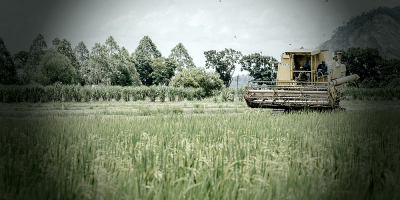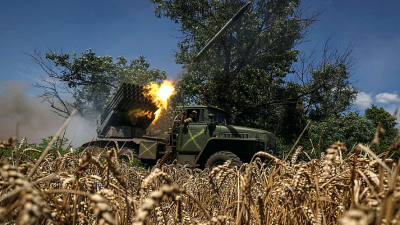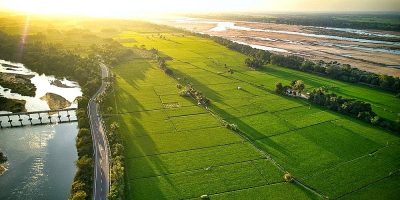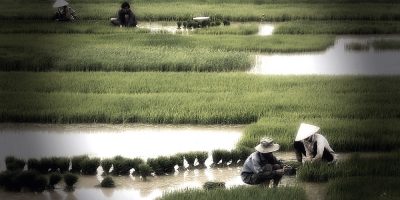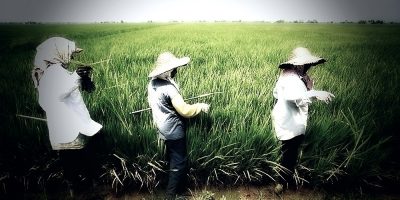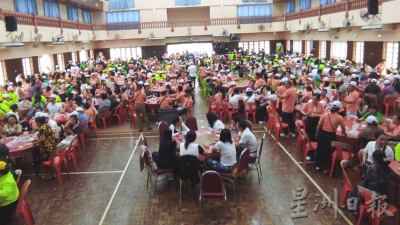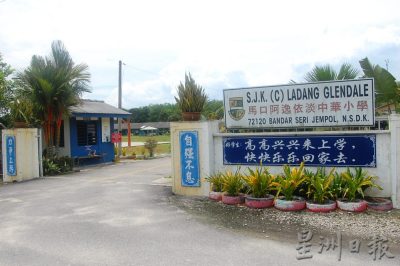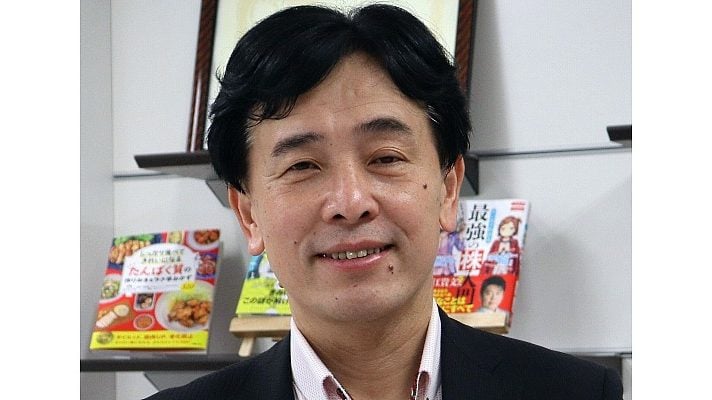
Footsteps of the approaching food crisis
Fifteen years ago, in the spring of 2008, the world panicked due to a food crisis.
According to the World Bank, in April 2008 rice prices hit a record high of $907 since 1960.
It was said at the time that the surge in rice prices was due to the inflow of speculative funds into the commodity trading market, which had lost their way due to the US sub-prime mortgage crisis, in addition to the imposition of embargoes by major rice suppliers India, Vietnam and Cambodia, China’s imposition of export taxes, and Cyclone Nargis, which decimated Myanmar’s grain belt.
At that time, social unrest spread, including protest demonstrations against the government, riots and looting, mainly in developing countries that depended on imports for their main grains.
The world is now on the brink of another food crisis. The price of rice in July 2023 will be $547/ton, up more than 30% from the same month of the previous year. The price is expected to well exceed $600 in August.
The background to this grain price hike is that Russia withdrew from the Black Sea Grain Initiative in July 2023. Furthermore, shortly after that, India, the world’s largest rice exporter, banned the export of white rice, excluding high-grade basmati rice.
Regarding the former, the 2022 Russian invasion of Ukraine and the blockade of the Black Sea caused Ukrainian grain exports to stagnate and world wheat prices to soar. In response to this, through the mediation of the United Nations and Turkey, an agreement was reached on the Grain Initiative in July 2022, and Ukraine’s grain exports were secured.
This helped stabilise wheat prices. But Russia has complained that it has not made progress on removing barriers to exports of Russian grain and fertiliser promised by the United Nations as part of the deal.
Regarding the latter, the Ministry of Consumer Affairs, Food & Public Distribution of India stated, “The domestic prices of rice are on an increasing trend. The retail prices have increased by 11.5% over a year and 3% over the past month.”
The Ministry explained that the purpose of the export ban was to ensure sufficient domestic supply and curb price increases.
The Indian government explained that there would be no change in the policy on parboiled rice and basmati rice, which account for the majority of exports, and that the embargo would cover only about 25% of rice exports this time around.
However, India’s announcement of the embargo came immediately after Russia’s announcement of its withdrawal from the “Black Sea Grain Initiative,” and global caution was heightened.
Asean responsible for nearly 40% of world rice exports
Asia has historically been a major producer of rice and is a major supplier of rice to the world. According to the US Department of Agriculture, the world rice production in 2022/23 is 510 million tons.
About 90% of this is produced in Asia. In Southeast Asia, especially the continental large river deltas such as the Mekong, Chao Phraya and Irrawaddy are the world’s leading grain belts and production bases for export rice.
In the same year, world rice exports amounted to 54.56 million tons, with India being the largest exporter, accounting for 38.5% of exports, followed by Thailand and Vietnam. Asean as a whole accounts for 37% of the world’s export volume, almost on par with India.
However, Thailand, the largest rice exporter in Asean, cannot simply be happy about rising rice prices.
The El Niño phenomenon is predicted to occur in 2023, and it is highly likely that this phenomenon will lead to drought through reduced precipitation.
In order to save water due to the lack of rainfall, the Thai government is encouraging farmers to reduce the number of rice plantings and the planting itself, and to switch to crops that require less water. In addition to India’s rice embargo, this poses a new threat to global grain markets.
Asean attracting attention from the world
In October 2020, during the novel coronavirus crisis, Asean established the “Asean Integrated Food Security Framework” (AIFS) and “Asean Strategic Plan of Action on Food Security” (SPA-FS) for the period 2021–25 to ensure long-term food security and improve farmers’ livelihoods.
By 2025, the framework aims to build a system of regional cooperation in the event of an export ban on food security priority crops such as rice.
A Member State remains committed to exporting at least the current month’s orders and up to one month’s orders in advance in the event of a strong request.
However, Asean accounts for nearly 40% of the world’s rice exports, and holds the key to avoiding a food crisis in a phase of rising grain prices.
In addition to regional food security, Asean is expected to play a role in fulfilling its supply obligations to the world. I would like Indonesia, the Asean chair country in 2023, to lead discussions at the summit meeting in September to avoid food crises.
(Seiya Sukegawa is Professor at Kokushikan University, Japan, and a visiting professor at the Thai-Nichi Institute of Technology, Thailand.)
ADVERTISEMENT
ADVERTISEMENT






